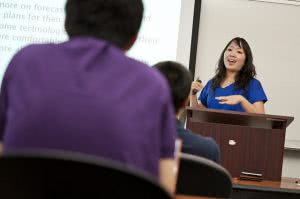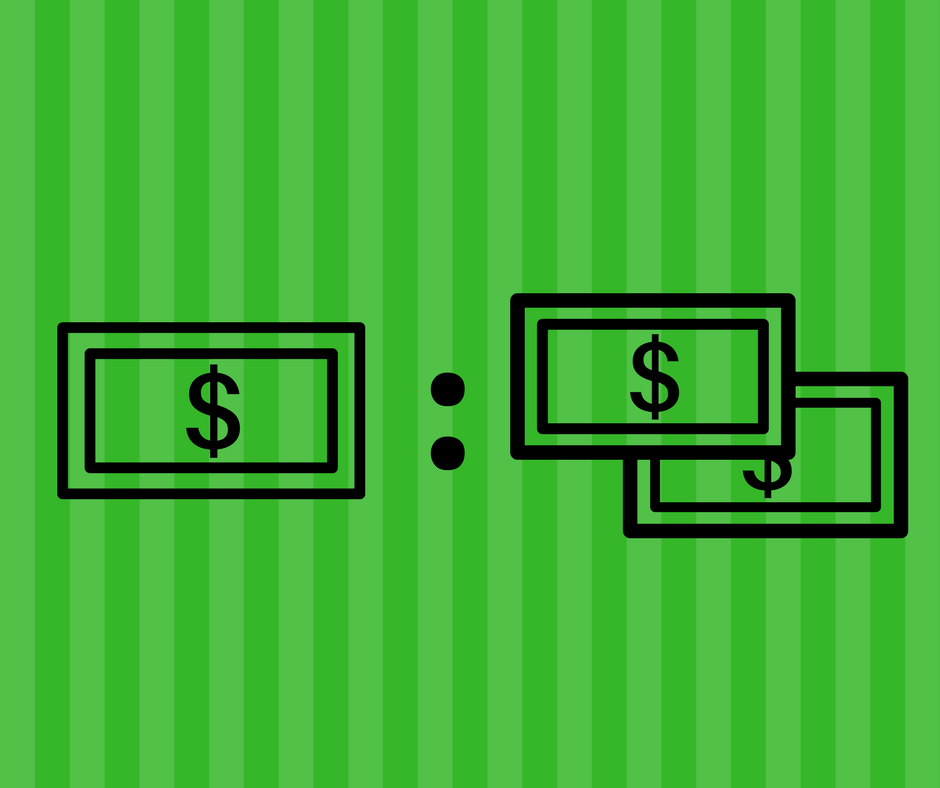
Flickr user Jeremy Wilburn
Simply put, the student-to-faculty ratio of a college is describing the number of students at a school compared to the number of teachers. Swarthmore College, for example, has a student-to-faculty ratio of 8:1, meaning that for every one teacher, there are eight students.
But what beyond that? What else can a student-to-faculty ratio tell you besides the number of students and teachers?
Class Size
Generally speaking, these ratios can indicate that the school’s class size—both in the sense of student body population and how many students will be in a single class or lecture. Lower ratios (such as 7:1) tend to have smaller classes. Larger ratios (20:1) have larger classes.
Private vs. Public
Given their exclusivity and competitive application process, private schools usually have smaller student-to-faculty ratios. Many private colleges actually use this as a selling point, stating that students will get more one-on-one time with their professors.
Are Lower Ratios Better?
This question is entirely dependent on the student, and what kind of environment they prefer. Some students want to attend a college with a huge student body, others thrive in smaller classes.
Yes, private colleges might make smaller ratios a selling point in terms of one-on-one professor time. However, that shouldn’t make you think that schools with higher ratios don’t have personalized interactions between teachers and students. Even at large colleges, teachers encourage students to attend office hours and will work with them on projects or assignments.
Use College Raptor to discover personalized college matches, cost estimates, acceptance odds, and potential financial aid for schools around the US—for FREE!


